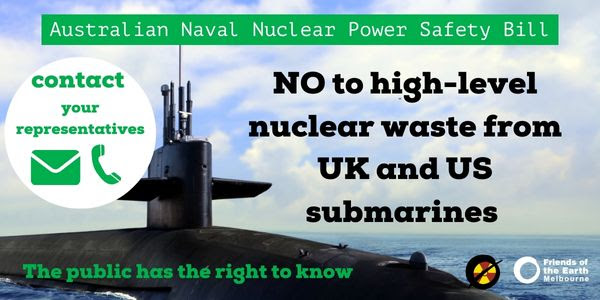Dutton’s nuclear would spike electricity bills when (if) they start in the 2040s

Odd that Peter Dutton hasn’t mentioned the commencement of the latest nuclear reactor in the US — or the big price hike it has caused consumers.
BERNARD KEANE AND GLENN DYER, MAY 20, 2024, https://www.crikey.com.au/2024/05/20/peter-dutton-nuclear-power-proposal-energy-bills-usa/
Why has Peter Dutton pulled another disappearing act — this time with his major policy, nuclear power?
In March, the Coalition’s media arm “exclusively” revealed he “will announce the Coalition’s signature energy policy before the May federal budget”. A few weeks later, we were told that timeline was abandoned, with Nationals leader David Littleproud complaining the Coalition was being “bullied” into announcing it before the budget, but that it could be announced “as soon as June or July”. When you live in the fantasy world of The Australian, the calendar’s a very flexible thing.
Dutton mentioned nuclear power several times in his budget reply speech last week. He did claim that “because of nuclear power, residents in Ontario, Canada pay up to a quarter of the cost of what some Australians pay for electricity”. But there was no detail — especially the electorates he wants to locate nuclear power plants in.
We know the Coalition is split over nuclear power, but you would have thought recent events in the United States would be encouraging Dutton to push forward. At the end of April, the most recent new nuclear reactor, in Georgia, began operating. “Georgia Power announced this week that the 1,114-megawatt (MW) Unit 4 nuclear power reactor at Plant Vogtle near Waynesboro, Georgia, entered into commercial operation after connecting to the power grid in March 2024,” the US Energy Information Administration (IEA) announced on May 1. Vogtle 3 began operating in mid-2023.
Good news, surely? Why wouldn’t Dutton be mentioning Vogtle (OK, it’s a little hard to pronounce) in his budget reply — rather than Canada?
Well, for one thing, the two new reactors have cost around US$35 billion to construct — that’s around US$20 billion over budget — and were completed seven years late. The final cost makes them the most expensive nuclear power plants in history, and they were only completed because Donald Trump provided $12 billion in loan guarantees to the ailing project.
Preliminary construction began on the two Vogtle reactors in 2009. On that timetable — remembering Australia has no nuclear power regulatory structures or industry expertise to draw on — a Dutton government’s first nuclear power would become available in 2040, assuming building started the day after the election.
But mammoth delays and massive cost blowouts are neither here nor there to the Coalition, remembering that nuclear power is actually all about keeping coal-fired power going, not building any nuclear power stations. The reason Dutton might not want to mention Vogtle is what the enormous cost of the new reactors has done to power prices: cause a permanent 10% increase in electricity bills for consumers across Georgia and beyond. According to the Associated Press:
Regulators in December approved an additional 6% rate increase on Georgia Power’s 2.7 million customers to pay for $7.56 billion in remaining costs at Vogtle, with the company absorbing $2.6 billion in costs. That’s expected to cost the typical residential customer an additional $8.97 a month in May, on top of the $5.42 increase that took effect when Unit 3 began operating.
That means consumers have faced a total 9.6% increase in electricity costs to pay for the new reactors.
That’s not modelling or estimates — that’s cold hard cash that American consumers are having to fork out, every quarter, forever, to pay for nuclear power.
Who would bear the cost of the inevitable budget blowouts of Dutton’s reactors? There is literally no major infrastructure project in Australia in recent years that has not experienced major cost blowouts. Consumers would be looking at similar increases in their power bills as the residents of Georgia — or higher.
This is why, as the IEA said, “no nuclear reactors are under construction now in the United States”. American electric utilities have learned from Vogtle’s delays, cost overruns, regulatory problems and massive lift in power costs for consumers. They have shelved plans for 24 other reactors proposed between 2007 and 2009.
The much-vaunted — by the Coalition — NuScale small modular reactor in Idaho was abandoned earlier this year amid cost blowouts that saw the likely consumer price of electricity produced by the plant rise by more than 50% to US$89/MWh. Two half-built reactors under construction in South Carolina were abandoned in 2017.
Westinghouse, whose technology is used in the Vogtle 4 station, is focused on trying to sell its reactor design abroad, as Americans come to realise that, even despite having had a nuclear power industry since the 1950s, more nuclear power plants are too costly for consumers to wear. But the penny hasn’t dropped with Dutton and his media champions yet.
No comments yet.

Leave a comment